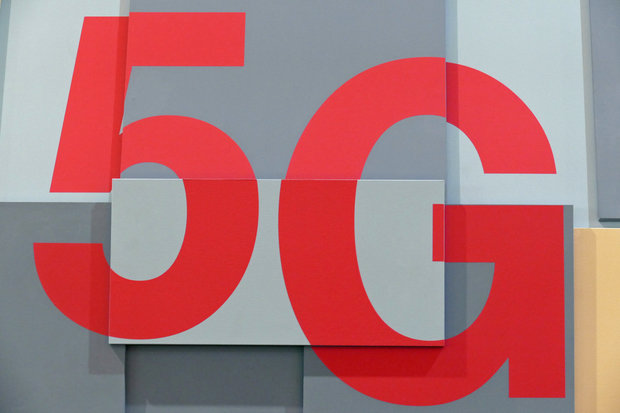Can an iPad Pro or Surface Pro 4 Tablet Replace Your Laptop?
In the past 70 years, we used five high-end tablets at a desk, on trains, on buses, and on planes to see if we could recommend any of them for in-depth work: tasks such as serious writing and editing, taking extended notes in Evernote, and answering volumes of email at greater length than we’d want to do on a phone. Also, we asked artists and other professionals how they’ve incorporated these pro-tablets’ styluses into their work. Though we don’t think a pro tablet is a great choice as a laptop replacement yet—issues like multitasking restrictions and software that hasn’t really been optimized for these devices are limiting—their active styluses can make them good choices as secondary devices for those who prefer drawing or writing to keyboard entry.
Actually, a tablet based on a smartphone-descended operating system, like the iPad Pro (iOS) or Google’s Pixel C (Android), imposes limits on how you can work with multiple programs and get data on or off the device; and tablets running a touch-optimized version of a desktop operating system, like Microsoft’s Windows 10-based Surface Pro 4, don’t have those multitasking or input/output challenges, but struggle to match the battery life of a mobile-first operating system.Our takeaway is that no single pro tablet is the best for everyone, and a nonpro tablet or an entry-level laptop may be a better fit for many people. But we can at least clarify what you get—and give up—with each of three major pro tablet platforms: iOS, Windows, and Android.







